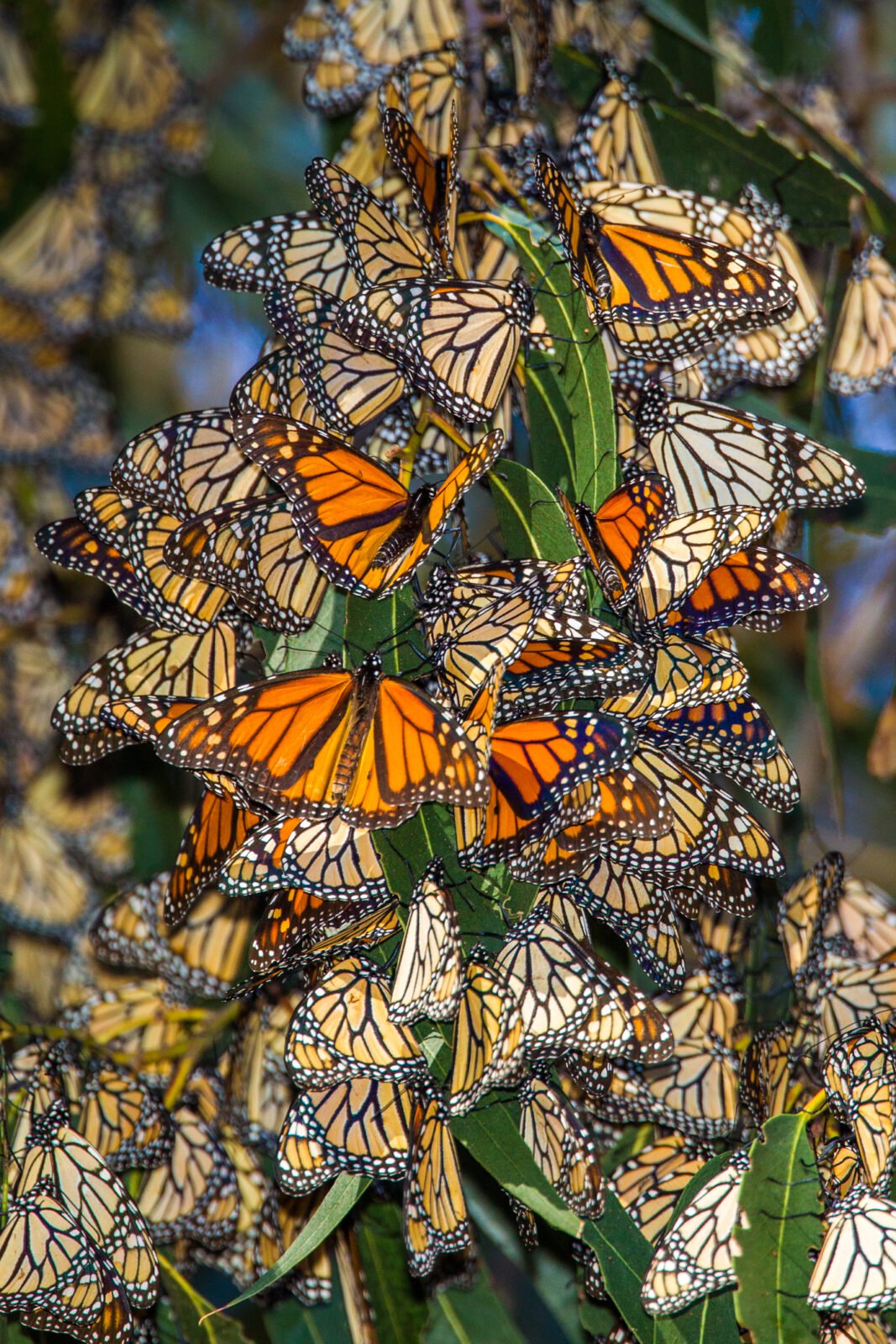
Native News Recap: 2022
Here’s a native news recap looking back at some of the biggest native plant news stories of the...

In order to attract wildlife to your garden, their basic needs must be met – food, shelter, and water. Water especially stands out as one of the most important elements for a successful garden design for native wildlife. Even more important than providing food, water will attract a wide variety of wildlife including birds, insects, small and large mammals, amphibians, and invertebrates. Natural water sites like vernal ponds can dry up during times of drought, but if you have a pond or water feature, or even just a daily-filled bird bath, you are sustaining the needs of many creatures.
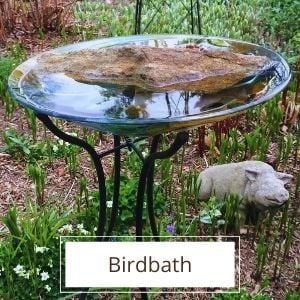
Bird Baths
The easiest way to provide fresh water is to set out a shallow bird bath. Add some irregular shaped stones that birds and bees can perch on to reach the water. Bees will drown in just a few inches of water without any type of resting spot. Think of imitating natural rocks in a stream when you set up a bird bath.
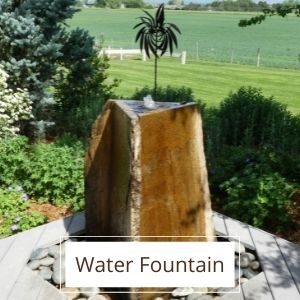
A bubbling boulder or small fountain will provide fresh drinking water for wildlife, and some animals prefer moving water. Make sure you clean it regularly to prevent algae buildup. A moving water feature will attract more wildlife than a still water feature like a birdbath. If you have a small space, consider a wall fountain which recirculates the water into a small basin. These can be found as ready-to-plug-in kits and are easy to install. Container ponds are also a good landscape feature for small yards. Easy to create out of a glazed pot or half of a wine barrel, you can even include fish in them.
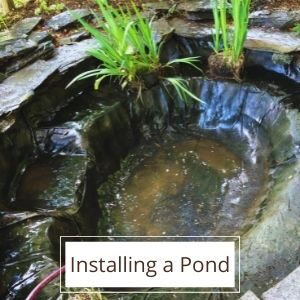
Ponds are easier to install than most people imagine. A purchased pre-formed pond shell is easy to embed in the ground and simple to add a small pump for a cascading waterfall. I have two in-ground ponds lined with a rubber liner for a more natural look. I keep them topped up in the summer months as they can lose a lot of water in the heat. One has a waterfall with a shelf where the water sheets down into the pond and the birds hop and bathe in this spot. Bullfrogs live there year-round, and toads mate in the pond once a year and leave strings of black eggs that turn into tadpoles. Dragonflies dart around the surface of the lily pads, and lots of insects visit. Submersible pumps and filtration systems help keep the water clean, and there is little maintenance. You might prefer a bog garden which is simply a wet area of your garden or a rubber lined planted area that you keep moist throughout the year. You can grow some great water-loving bog plants like pitcher plants, Cardinal Flower (Lobelia cardinalis), and Blueflag Iris (Iris versicolor).
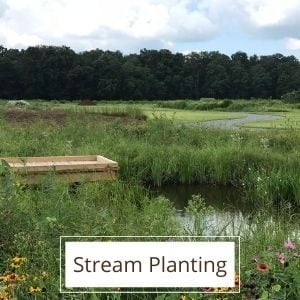
Maybe you are fortunate to have a natural stream in your backyard and you can plant moisture-loving Swamp Milkweed (Asclepias incarnata), Buttonbush (Cephalanthus occidentalis), Turtlehead (Chelone), Cardinal Flower (Lobelia cardinalis), and Pickerelweed (Pontederia cordata) along the edges. Not only do wildlife benefit by having access to a water feature, but there are also studies that say having one reduces your stress and increases your overall well-being. Promoting good health and calmness, focus, and creativity, the sound of a waterfall has a powerful effect. Any of these water features from the simple small recirculating urn to a large pond and waterfall would do the trick. Affordable and easy to maintain, water features can improve your happiness as well as the health of your ecosystem.

Claire is a horticulturalist and landscape design consultant. Owner of Claire Jones Landscapes, LLC, Claire’s designed gardens have been featured in print publications like WSJ and Style Magazine. A garden writer at The Garden Diaries, Claire maintains 3 honeybee hives and gardens at her home in Maryland.

Here’s a native news recap looking back at some of the biggest native plant news stories of the...
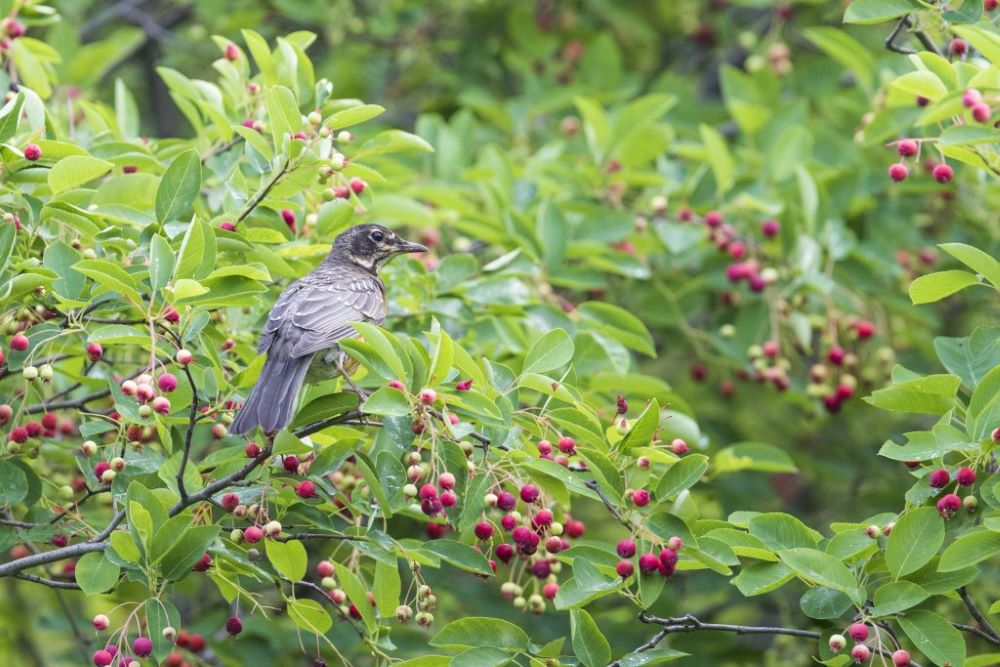
In the past we have emphasized the importance of keystone species in supporting bird populations,...
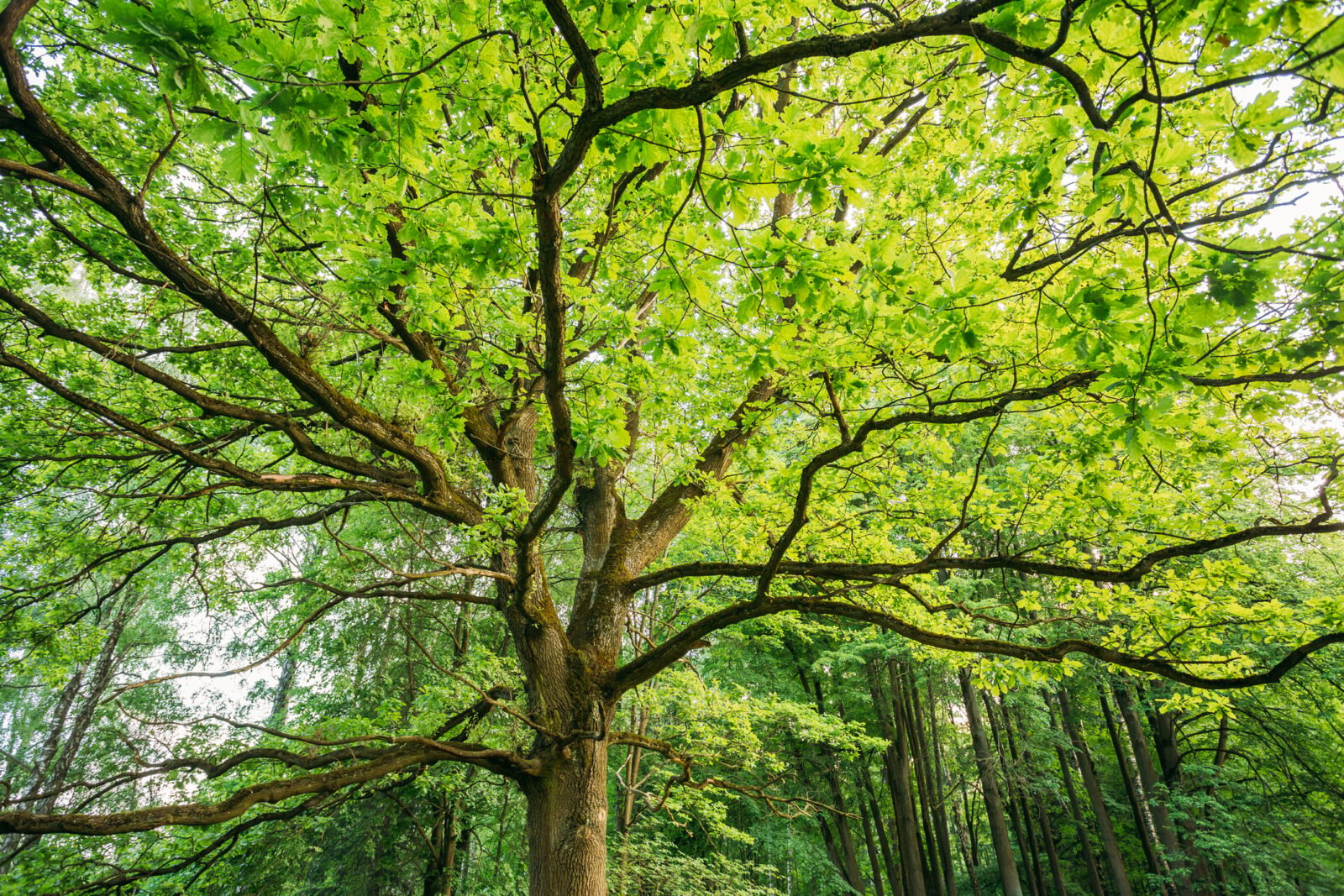
Perennials are the stars of most gardens, and no wonder! They provide a variety of shapes and col...
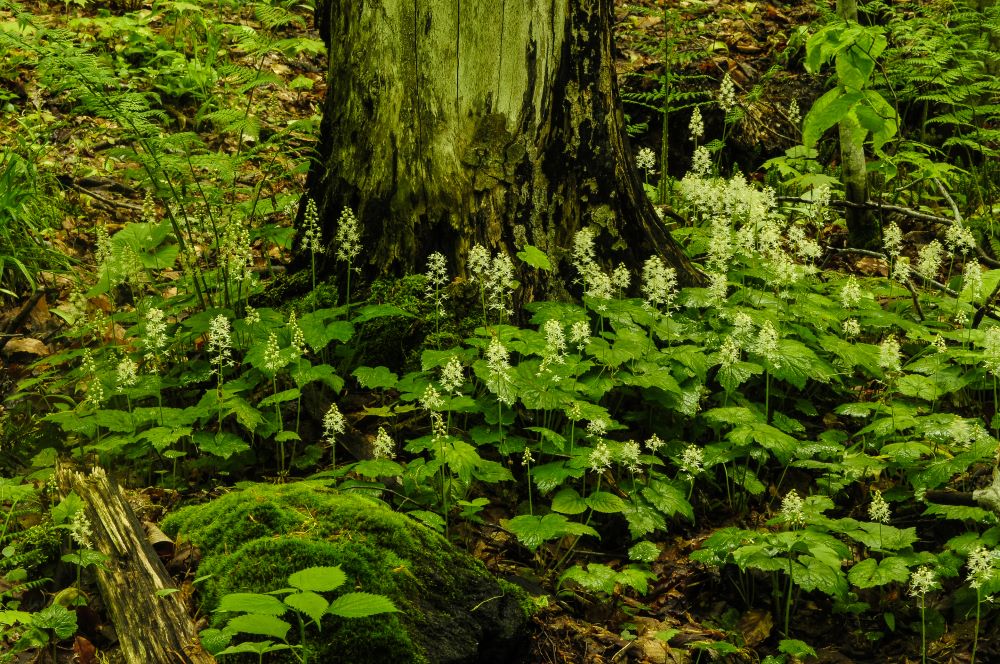
These native ground covers for shade make a perfect living mulch by holding in moisture, keeping ...
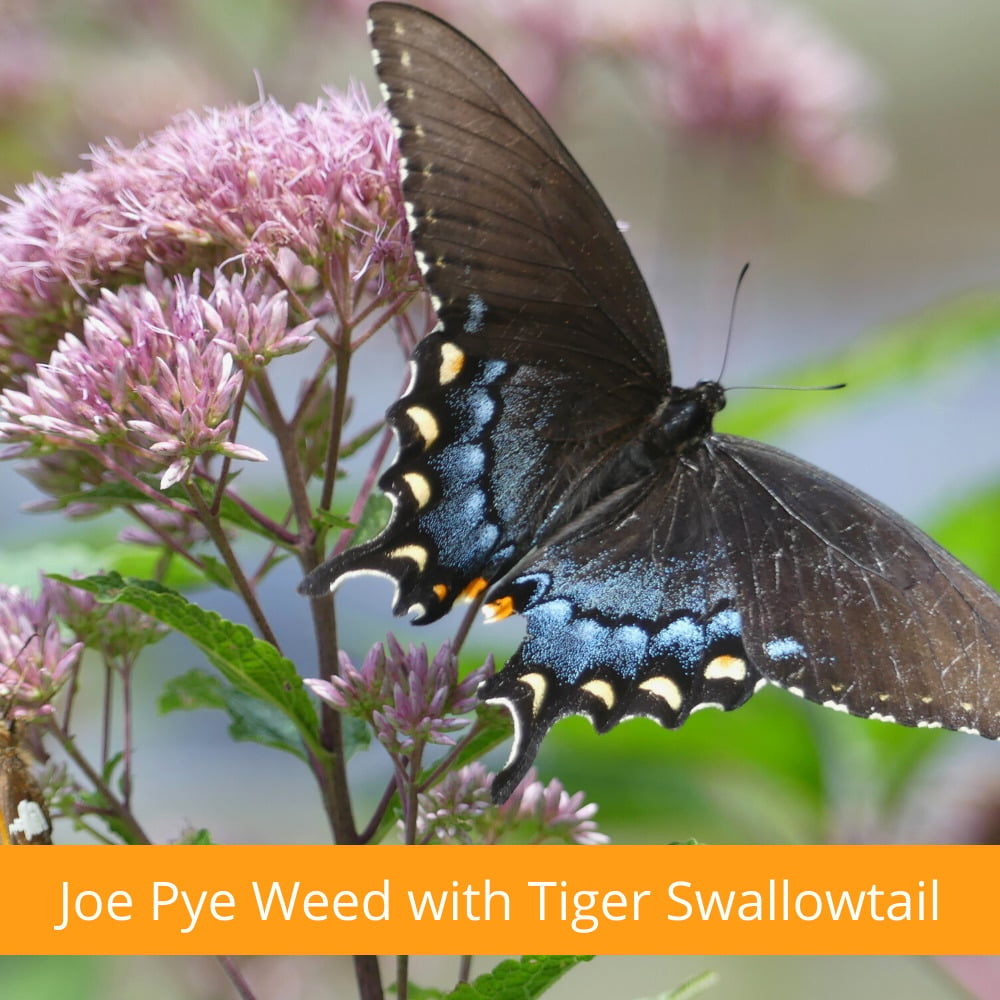
Gardening is ‘In’! Over the past two years gardening has suddenly become very popular with pe...
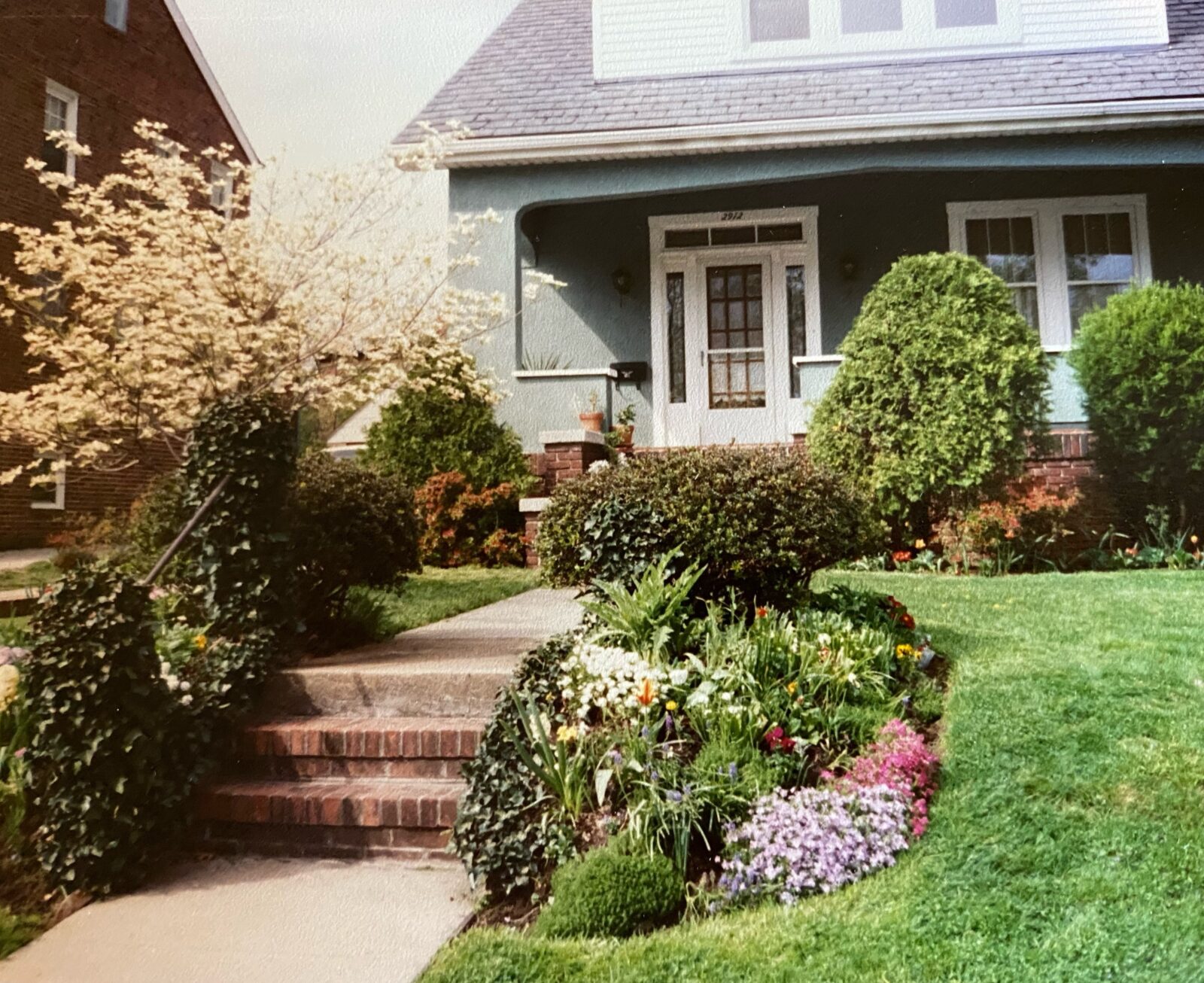
Mothers give us so much, but sometimes it takes a while for us to appreciate the gifts that we ca...
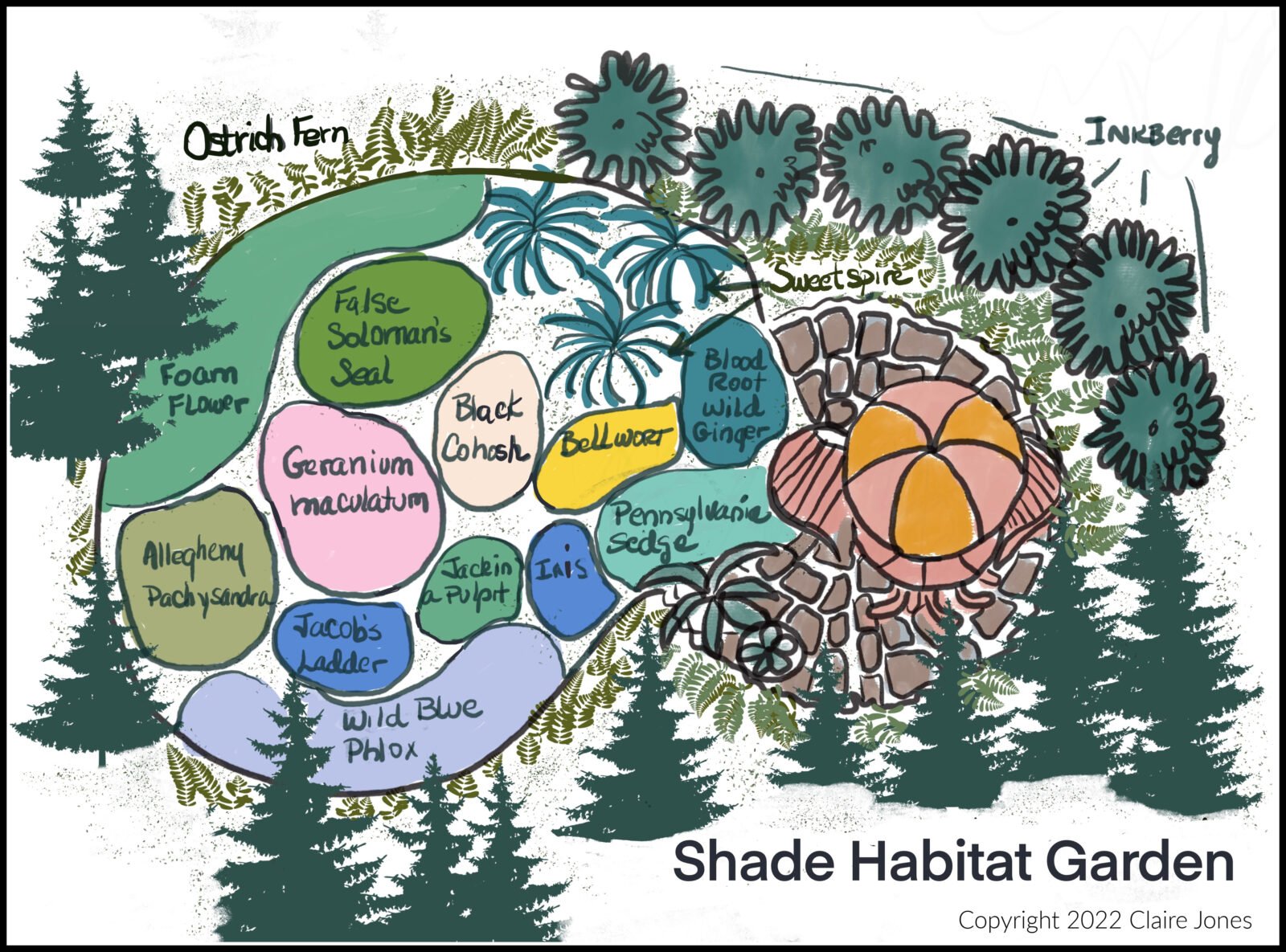
This is the second part of my Habitat Heroes Design series. The first part was a sunny garden of ...
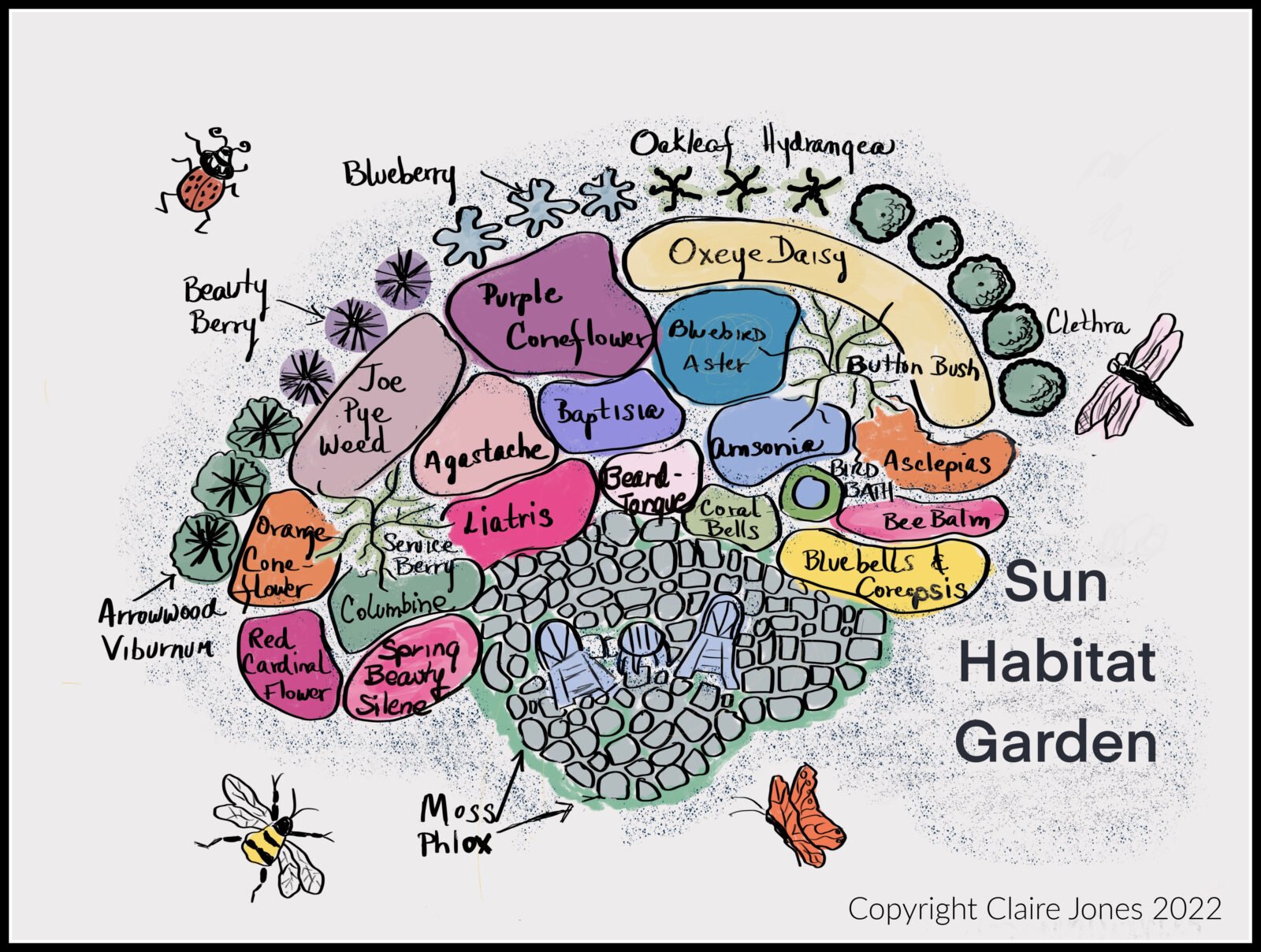
This blog post will cover how to design and install a Sunny “Habitat Hero Garden” with native...
Now Shipping for Spring 2024!